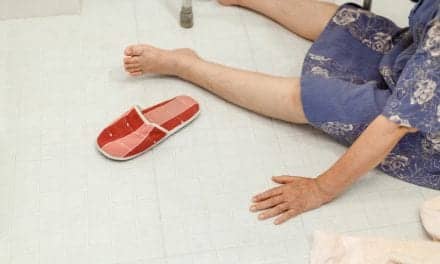Jazz Pharmaceuticals plc announced that Xyrem (sodium oxybate) oral solution, CIII, demonstrated long-term efficacy for up to one year in reducing cataplexy and excessive daytime sleepiness (EDS) in the global Phase 2/3 EXPRESS study of pediatric patients 7 to 17 years of age with narcolepsy. The results were presented in a poster and oral presentation at SLEEP 2018.
“Although the symptoms of narcolepsy typically begin during childhood, there are no cataplexy treatments approved for patients under the age of 18,” says Jed Black, MD, senior vice president, sleep and CNS medicine at Jazz Pharmaceuticals and adjunct professor, Stanford Center for Sleep Sciences and Medicine, in a release. “Jazz has studied Xyrem extensively in the pediatric population as part of our commitment to addressing unmet needs in sleep medicine, and we recently filed a supplemental new drug application to the US Food and Drug Administration seeking revised labeling for Xyrem to include an indication to treat cataplexy and EDS in pediatric patients with narcolepsy.”
In the EXPRESS study, after a two-week double-blind, placebo-controlled withdrawal period, participants entered an open-label safety period for up to 47 weeks, for a total study duration of up to 1 year. Seventy-nine participants completed ?6 months, and 46 completed 1 year. Change in weekly number of cataplexy attacks was calculated from daily cataplexy diaries. EDS was assessed by the Epworth Sleepiness Scale for Children and Adolescents (ESS-CHAD) at each study visit.
The efficacy of sodium oxybate for cataplexy and EDS in pediatric narcolepsy was demonstrated after the 2-week double-blind placebo-controlled treatment period and was maintained during open label treatment. The median (Q1, Q3) change from baseline in weekly number of cataplexy attacks was 0.0 (-2.25, 4.17) at study end, with little change throughout. Similarly, the median (Q1, Q3) change from baseline in ESS-CHAD score was 0.0 (?3.0, 3.0) at study end.
The safety profile of sodium oxybate in children and adolescents in this study is similar to that reported in adults, and no new safety concerns were identified following the use of sodium oxybate for up to one year. The most common treatment-emergent adverse events (TEAEs) (?5%) were enuresis, nausea, vomiting, headache, decreased weight, decreased appetite, nasopharyngitis, and dizziness. Two serious TEAEs occurred (acute psychosis and suicidal ideation), both in sodium oxybate-naïve participants during the open-label titration period. Both events resolved after reducing the dose or discontinuing sodium oxybate, respectively.
Safety assessments included measures of anxiety (Multidimensional Anxiety Scale for Children 10-item [MASC-10]), depressive symptoms (Children’s Depression Inventory 2nd Edition Self-Report Short Version [CDI 2:SR(S)]), and suicidality (Columbia-Suicide Severity Rating Scale [C-SSRS]), in addition to TEAEs. T-scores on the MASC-10 were within the average range throughout the study in both sodium oxybate-naïve and on-sodium oxybate participants. T-scores on the CDI 2:SR(S) were within the average range throughout the study in both sodium oxybate-naïve and on-sodium oxybate participants; a slight downward trend was observed in mean CDI 2:SR(S) T-scores over time.
Top-line efficacy results and preliminary safety findings from the EXPRESS study were recently published in The Lancet Child & Adolescent Health.




